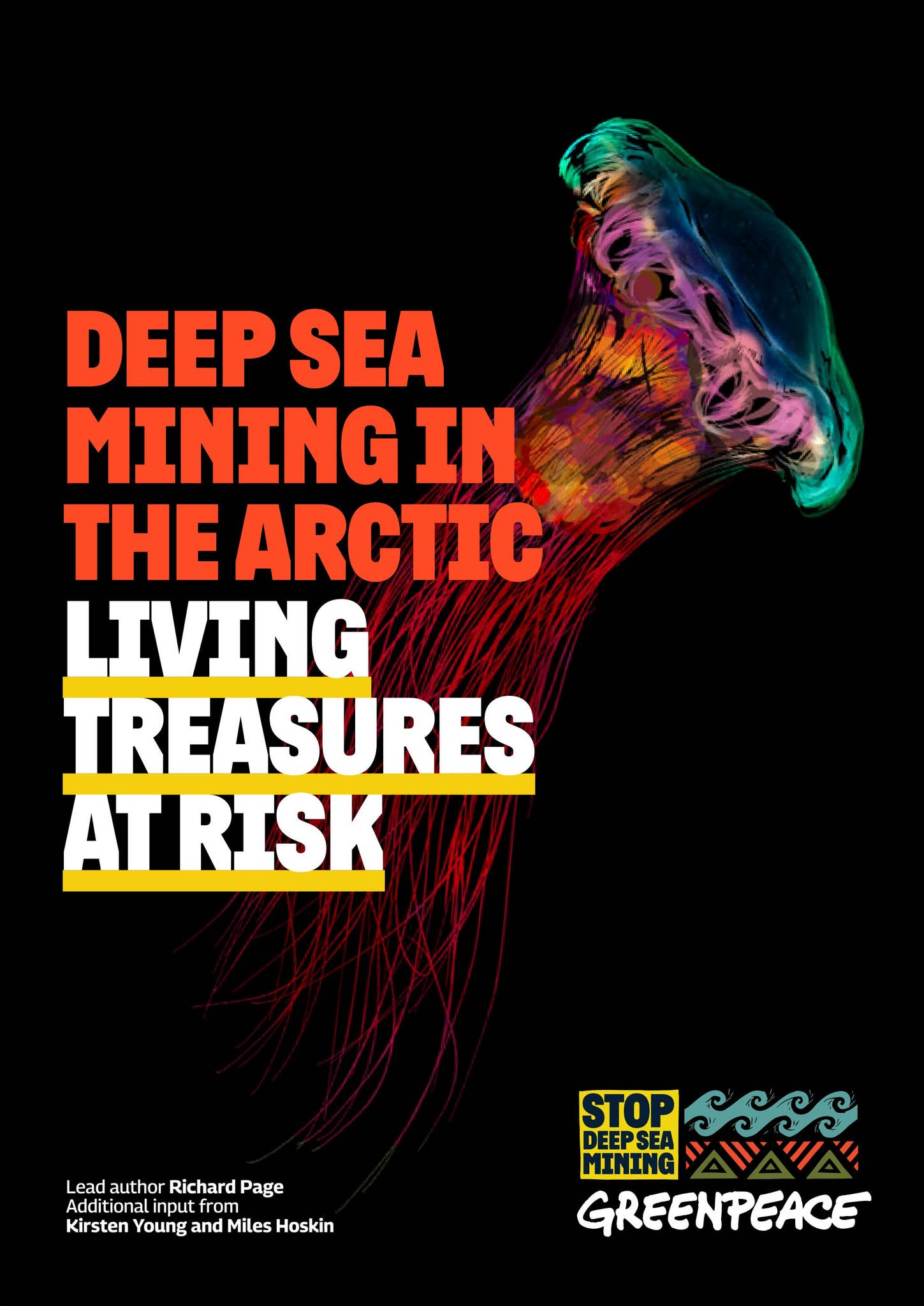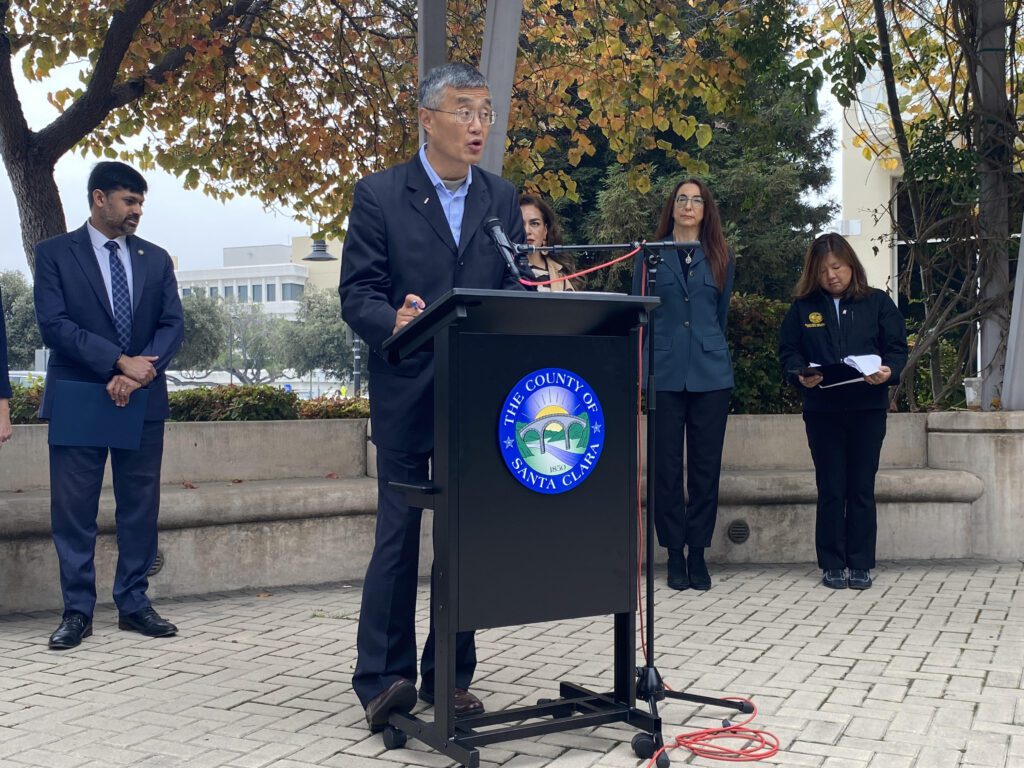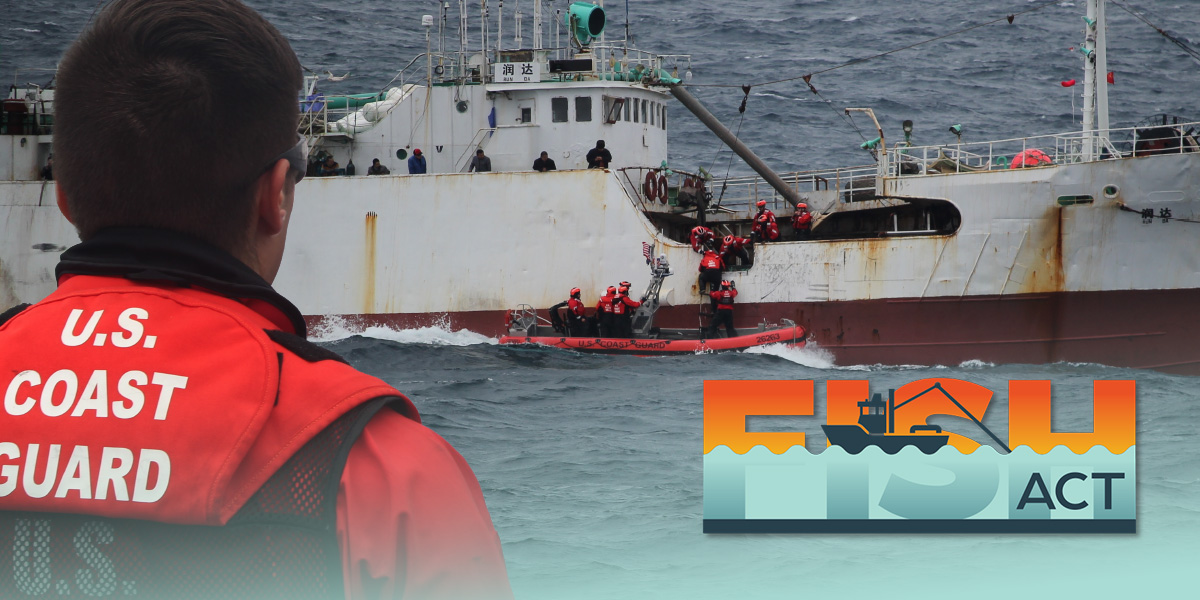Ecosystem-based assessment of a widespread Mediterranean marine habitat: The Coastal Detrital Bottoms, with a special focus on epibenthic assemblages – Frontiers

1.0 Introduction: Assessing Coastal Detrital Bottoms in the Context of Sustainable Development Goals
1.1 Ecosystem Significance and Contribution to SDGs
Coastal Detrital Bottoms (CDB) are widespread and ecologically significant marine habitats found on the continental shelf, typically between 30 and 100 meters deep. Composed of mineral and biogenic particles, these ecosystems host high species diversity and provide critical functions that directly support the achievement of the United Nations Sustainable Development Goals (SDGs).
- SDG 14 (Life Below Water): CDBs are fundamental to marine biodiversity, acting as key habitats, breeding grounds, and nursery areas for numerous invertebrate and fish species, including those of commercial interest. They support the integrity of adjacent ecosystems like seagrass meadows and coralligenous reefs.
- SDG 13 (Climate Action): These habitats, particularly rhodolith beds within them, function as significant long-term carbon sinks, sequestering both organic and inorganic carbon. Their conservation is therefore integral to climate change mitigation strategies.
- SDG 12 (Responsible Consumption and Production): CDBs serve as fishing grounds for both artisanal and commercial fisheries. Their sustainable management is essential for maintaining healthy fish stocks and supporting sustainable production patterns.
1.2 Threats and Management Imperatives
Despite their ecological and economic value, CDBs face severe threats from anthropogenic pressures, undermining progress towards SDG targets. Key pressures include:
- Trawling, dredging, and destructive fishing practices (violating SDG 14.2 and 14.4).
- Pollution from terrigenous input, sediment dumping, and waste (contrary to SDG 14.1).
- Impacts of climate change, including seawater warming and ocean acidification.
- The spread of non-indigenous species.
Although some CDB facies are recognized under international conventions like the Barcelona Convention, they have historically been overlooked in major policy frameworks such as the EU Habitats Directive. The expansion of Marine Protected Areas (MPAs) now incorporates large CDB expanses, creating an urgent need for a standardized assessment tool to guide effective management and meet conservation targets under SDG 14.5.
2.0 Methodology: Development of an Ecosystem-Based Quality Index (EBQI)
2.1 Conceptual Framework and Collaborative Development
To address the assessment gap, an Ecosystem-Based Quality Index (EBQI) was developed for CDBs. This initiative, reflecting SDG 17 (Partnerships for the Goals), involved a workshop of 15 benthic ecology experts who used a DELPHI approach to:
- Develop a conceptual model of CDB ecosystem functioning.
- Define and assign weights to key functional compartments.
- Establish a standardized sampling protocol.
This approach ensures that the index is grounded in scientific consensus and provides a holistic view of ecosystem health, moving beyond single-parameter assessments to support the integrated management required by SDG 14.2.
2.2 Functional Compartments of the CDB Ecosystem
The EBQI is structured around the assessment of 12 primary functional compartments, representing the core components and processes of the CDB ecosystem.
- Rhodoliths: Calcareous macroalgae that provide structural complexity and are critical for carbon sequestration (SDG 13).
- Perennial Non-Calcified Macroalgae: Long-lived species indicating good ecological conditions and providing habitat structure.
- Seasonal Macroalgae: Fast-growing species contributing to primary production.
- Seasonal Turf: Low-lying algal communities whose proliferation can indicate stress.
- Herbivores: Consumers of macroalgae, reflecting the health of primary producer communities.
- Particulate Organic Matter (POM) in Sediment: An indicator of nutrient levels and sedimentation.
- Infauna: Organisms living within the sediment, crucial for nutrient cycling. Assessed via organic matter content as a proxy.
- Organic Macrodetritus: Debris from adjacent ecosystems (e.g., seagrass leaves) serving as a food source.
- Detritivores: Organisms that break down organic debris, indicating the ecosystem’s recycling capacity.
- Benthic Filter and Suspension Feeders: Organisms that filter the water column, linking benthic and pelagic systems.
- Planktivorous Fish: Species feeding on plankton, forming a key link in the food web.
- Carnivores (Invertebrate and Vertebrate): Predators that indicate the complexity and health of the trophic network.
2.3 Data Collection and Index Calculation
Data was collected from 29 sites along the French Mediterranean coast, covering a gradient of environmental conditions and anthropogenic pressures. The methodology was designed to be efficient and replicable, advancing SDG 14.a (Increase scientific knowledge and research capacity).
- Sampling Techniques: A combination of SCUBA diving, photoquadrats, seascape videos, and sediment core sampling was employed.
- Index Calculation: The EBQI score is calculated as a weighted average of the status of each of the 11 assessed functional compartments. The final score, ranging from 0 to 10, corresponds to one of five ecological status categories: Bad, Poor, Moderate, Good, or Very Good.
- Confidence Index (CI): A CI was developed to evaluate the quality and completeness of the data used for each assessment, ensuring transparency and reliability.
3.0 Results of the EBQI Application
3.1 Overall Ecological Status
The EBQI scores for the 29 sites ranged from 2.05 (Bad) to 8.06 (Very Good). Eight sites achieved a “Good” or “Very Good” status, while ten were classified as “Poor” or “Bad.” The results indicate that the ecological health of CDBs is highly variable and strongly influenced by local pressures. Sites in pristine areas, far from urbanization and destructive activities like trawling, generally exhibited higher scores. The high Confidence Index (88-93%) across all sites confirms the robustness of the sampling protocol.
3.2 Analysis of Functional Compartments
Principal Component Analysis (PCA) revealed that the status of primary producer compartments (Rhodoliths, Perennial Macroalgae, Seasonal Macroalgae) was the primary driver of high EBQI scores. This underscores the foundational role of these habitat-forming groups. Significant correlations were observed between primary producer health and the abundance of sensitive detritivores, highlighting functional linkages within the ecosystem.
3.3 Impact of Management on Ecosystem Health
A critical finding of this report is the lack of a statistically significant correlation between the level of management (e.g., MPA No-Take Zone, Natura 2000 site, no protection) and the ecological status of the CDBs. This suggests that the mere designation of protected areas is insufficient for achieving the conservation objectives of SDG 14.5. Effective management, regulation, and enforcement are required to mitigate pressures and facilitate ecosystem recovery.
4.0 Discussion: Implications for Sustainable Marine Management
4.1 A Tool for Evidence-Based Policy
The CDB EBQI provides a scientifically robust and practical tool for managers and policymakers. It directly supports the implementation of the EU’s Marine Strategy Framework Directive (MSFD) by offering a standardized method to assess seafloor integrity (Descriptor 6) and overall ecosystem health (Descriptor 1). By translating complex ecological data into an accessible quality score, the EBQI empowers managers to monitor the effectiveness of conservation measures, prioritize actions, and report on progress towards national and international targets, including SDG 14.
4.2 Advancing the Ecosystem-Based Approach
This work reinforces the value of an ecosystem-based approach to marine management. The EBQI’s multi-compartment structure ensures that assessments are holistic, considering the intricate web of interactions that define ecosystem functioning. While the proxy used for infauna is a limitation, the index provides a comprehensive overview of the epibenthic community, which is most directly affected by physical anthropogenic pressures and climate change. Future work should aim to integrate more direct measures of infaunal communities to further enhance the index’s accuracy.
4.3 The Urgent Need for Effective Protection
The finding that current MPA designations do not correlate with better ecological status for CDBs is a significant call to action. It highlights a gap between policy intent and on-the-ground reality. To achieve the goals of SDG 14.2 and 14.5, management plans for MPAs must explicitly address the pressures affecting CDBs, including the prohibition of bottom-trawling and the management of land-based pollution. This index can serve as a baseline to track the recovery of these habitats once effective protection is implemented.
5.0 Conclusion and Recommendations
This report details the development and successful application of an original Ecosystem-Based Quality Index (EBQI) for Coastal Detrital Bottoms. The index is a robust, fit-for-purpose tool that provides a standardized and holistic assessment of the ecological health of this vital, yet often overlooked, Mediterranean habitat.
In alignment with the UN Sustainable Development Goals, it is recommended that:
- Coastal and marine management authorities adopt the CDB EBQI as a standard monitoring tool to support evidence-based decision-making and report on progress towards SDG 14 targets.
- The index be used to evaluate the effectiveness of Marine Protected Areas and guide the implementation of management measures that actively reduce pressures on CDBs.
- Further research and application of this index be conducted in other Mediterranean regions and worldwide to broaden its applicability and enhance our collective capacity to manage marine ecosystems sustainably (SDG 14.a).
By integrating CDBs into mainstream conservation and management frameworks, supported by robust assessment tools like the EBQI, we can better secure the critical ecosystem services they provide and make meaningful progress towards a healthy and resilient ocean.
Analysis of Sustainable Development Goals (SDGs) in the Article
1. Which SDGs are addressed or connected to the issues highlighted in the article?
-
SDG 14: Life Below Water
This is the primary goal addressed. The article is entirely focused on a specific marine ecosystem (Coastal Detrital Bottoms – CDB), its ecological functions, biodiversity, the threats it faces from human activities like pollution and destructive fishing, and the need for its conservation and sustainable management through tools like Marine Protected Areas (MPAs) and scientific assessment indices (EBQI).
-
SDG 13: Climate Action
The article connects CDBs to climate change by identifying “sea water warming” and potential “acidification” as threats. Crucially, it highlights the ecosystem’s role as a “long term carbon sink,” linking its health directly to climate change mitigation through carbon sequestration.
-
SDG 12: Responsible Consumption and Production
This goal is relevant through the discussion of pressures from human activities. The article mentions “trawling” and other fishing methods that impact the ecosystem, pointing to unsustainable production patterns. It also notes the presence of “macrowastes (e.g., glass, plastic, fishing gears),” linking the ecosystem’s degradation to consumption and waste generation patterns.
-
SDG 15: Life on Land
The article establishes a clear link between terrestrial activities and marine ecosystem health. It identifies “terrigenous input from coastal rivers” and the “consequences of coastal development” as significant pressures on CDBs, demonstrating that the management of land and freshwater ecosystems is integral to protecting marine life.
-
SDG 11: Sustainable Cities and Communities
The impact of urbanization is explicitly mentioned. The article notes that the ecological status of CDBs is worse near “urbanized zones” and that “coastal development” is a major threat. This connects the environmental impact of cities directly to the degradation of marine natural heritage.
2. What specific targets under those SDGs can be identified based on the article’s content?
-
SDG 14: Life Below Water
- Target 14.1: By 2025, prevent and significantly reduce marine pollution of all kinds, in particular from land-based activities, including marine debris and nutrient pollution.
The article directly addresses this by listing threats such as “terrigenous input, dumping of sediment and waste,” pollution from “fish farming,” and the presence of “macrowastes (e.g., glass, plastic, fishing gears).”
- Target 14.2: By 2020, sustainably manage and protect marine and coastal ecosystems to avoid significant adverse impacts, including by strengthening their resilience, and take action for their restoration in order to achieve healthy and productive oceans.
The entire paper is dedicated to this target. It describes the ecological functions of CDBs, the need for their protection, and develops the Ecosystem-Based Quality Index (EBQI) as a tool for assessing their health status to guide management and conservation efforts.
- Target 14.4: By 2020, effectively regulate harvesting and end overfishing, illegal, unreported and unregulated fishing and destructive fishing practices.
The article identifies “trawling” as a major pressure and notes that CDBs are “fishing ground for trawlers and artisanal fishers.” The negative impact of these practices on the ecosystem’s structure and function is a core concern, aligning with the need to regulate destructive fishing.
- Target 14.5: By 2020, conserve at least 10 per cent of coastal and marine areas, consistent with national and international law and based on the best available scientific information.
The article explicitly discusses the role and effectiveness of “Marine Protected Area (MPA)” and “Natura 2000 sites” in conserving CDBs. It notes the increase in MPA surface area and analyzes whether the level of protection correlates with the ecosystem’s health status.
- Target 14.a: Increase scientific knowledge, develop research capacity and transfer marine technology… in order to improve ocean health.
The study is a prime example of this target in action. It develops a novel scientific tool (the EBQI), uses advanced technologies (“sidescan sonar, multibeam, remotely operated vehicles”), and aims to provide data to “coastal managers” and for “public policies” to improve the management of this marine ecosystem.
- Target 14.1: By 2025, prevent and significantly reduce marine pollution of all kinds, in particular from land-based activities, including marine debris and nutrient pollution.
-
SDG 13: Climate Action
- Target 13.2: Integrate climate change measures into national policies, strategies and planning.
The article identifies CDBs as a “long term carbon sink” and mentions their role in “sequestration of organic and inorganic carbon.” By providing a tool (EBQI) to monitor the health of this carbon-sequestering ecosystem, which is threatened by “sea water warming” and “acidification,” the study provides a basis for integrating its protection into climate strategies.
- Target 13.2: Integrate climate change measures into national policies, strategies and planning.
-
SDG 12: Responsible Consumption and Production
- Target 12.2: By 2030, achieve the sustainable management and efficient use of natural resources.
The article’s focus on the impacts of “trawling” and other fishing activities on CDBs, which are described as fishing grounds, directly relates to the need for sustainable management of these marine biological resources.
- Target 12.2: By 2030, achieve the sustainable management and efficient use of natural resources.
3. Are there any indicators mentioned or implied in the article that can be used to measure progress towards the identified targets?
Yes, the article is rich with specific, measurable indicators, primarily through the development of the Ecosystem-Based Quality Index (EBQI). These can be used to track the health of the CDB ecosystem and thus measure progress towards the identified targets.
- Ecosystem-Based Quality Index (EBQI): An overall composite index score (from 0 to 10) that provides an integrated assessment of the ecosystem’s health status.
- Confidence Index (CI): A metric to assess the quality and completeness of the data used to calculate the EBQI.
- Indicators of Ecosystem Structure and Function (EBQI Descriptors):
- Percentage cover of living rhodoliths (Box 1)
- Percentage cover of perennial non-calcified macroalgae (Box 2)
- Cumulative cover of seasonal macroalgae and turf (Box 3-4)
- Alpha taxonomic richness of herbivores (Box 5)
- Percentage of pelitic fraction (
- Percentage of organic matter in the sediment (Box 7)
- Percentage cover of organic macrodetritus (Box 8)
- Mean density of detritivores (distinguishing between HOM and LOM detritivores) (Box 9)
- Mean density of filter and suspension feeders (Box 10)
- Alpha specific richness of planktivorous and carnivorous fish (Boxes 11 & 12)
- Indicators of Pressure:
- Presence and abundance of non-indigenous and invasive species (e.g., Caulerpa cylindracea, Womersleyella setacea).
- Presence of macrowaste (e.g., “glass, plastic, fishing gears”).
- Evidence of physical damage from human activities (e.g., “trawling,” “dredging”).
- Indicators of Ecosystem Services:
- Carbon sequestration capacity (measured via “organic (C org) and inorganic carbon (C inorg)” content and storage).
- Species diversity and richness (alpha diversity) as a measure of biodiversity.
- Indicators of Management Effectiveness:
- Surface area of CDB habitat included within Marine Protected Areas (MPAs).
- Correlation between management level (e.g., No-Take Zone, Multi-Use) and the EBQI score of the ecosystem.
4. Table of SDGs, Targets, and Indicators
| SDGs | Targets | Indicators Identified in the Article |
|---|---|---|
| SDG 14: Life Below Water |
14.1: Reduce marine pollution.
14.2: Protect and restore ecosystems. 14.4: End destructive fishing practices. 14.5: Conserve coastal and marine areas. 14.a: Increase scientific knowledge. |
– Presence/abundance of macrowaste (plastic, fishing gear). – Percentage of pelitic fraction and organic matter in sediment (proxies for pollution/eutrophication). – The Ecosystem-Based Quality Index (EBQI) score and its component descriptors (e.g., cover of rhodoliths, macroalgae diversity, faunal density). – Presence of physical damage from trawling/dredging. – Surface area of CDBs within MPAs; EBQI score relative to management level. – Development and application of the EBQI and associated monitoring protocols. |
| SDG 13: Climate Action | 13.2: Integrate climate change measures into policies. |
– Measurement of organic (C org) and inorganic (C inorg) carbon sequestration. – Monitoring ecosystem health (via EBQI) in response to warming and acidification. – Vitality and cover of calcifying organisms (e.g., rhodoliths) sensitive to acidification. |
| SDG 12: Responsible Consumption and Production | 12.2: Sustainable management of natural resources. |
– Assessment of ecosystem integrity (via EBQI) in areas subject to fishing pressure. – Abundance and diversity of species with fishery interest (e.g., Mullidae, Sparidae). |
| SDG 15: Life on Land | 15.1: Conserve and restore terrestrial and freshwater ecosystems. |
– Percentage of pelitic fraction in sediment as an indicator of terrigenous input. – EBQI scores in relation to proximity to coastal rivers and urban development. |
| SDG 11: Sustainable Cities and Communities |
11.4: Protect natural heritage.
11.6: Reduce the environmental impact of cities. |
– EBQI score as a measure of the conservation status of natural heritage. – Comparison of EBQI scores between sites near “urbanized zones” and pristine-like sites. |
Source: frontiersin.org

What is Your Reaction?
 Like
0
Like
0
 Dislike
0
Dislike
0
 Love
0
Love
0
 Funny
0
Funny
0
 Angry
0
Angry
0
 Sad
0
Sad
0
 Wow
0
Wow
0



























;Resize=805#)









































;Resize=620#)







